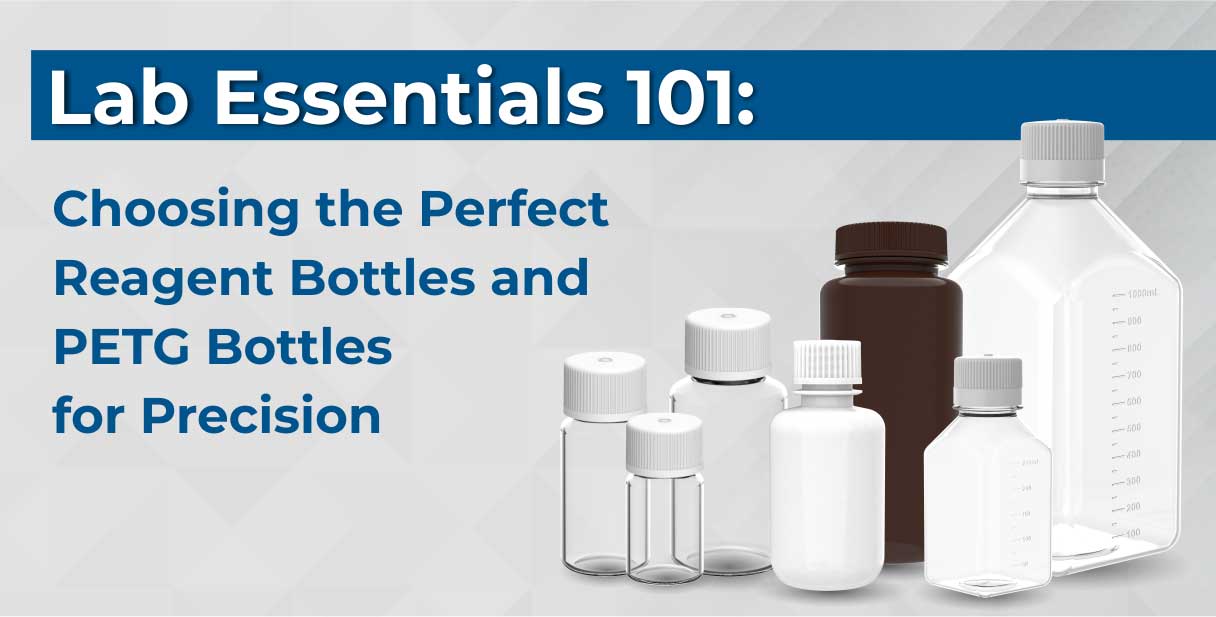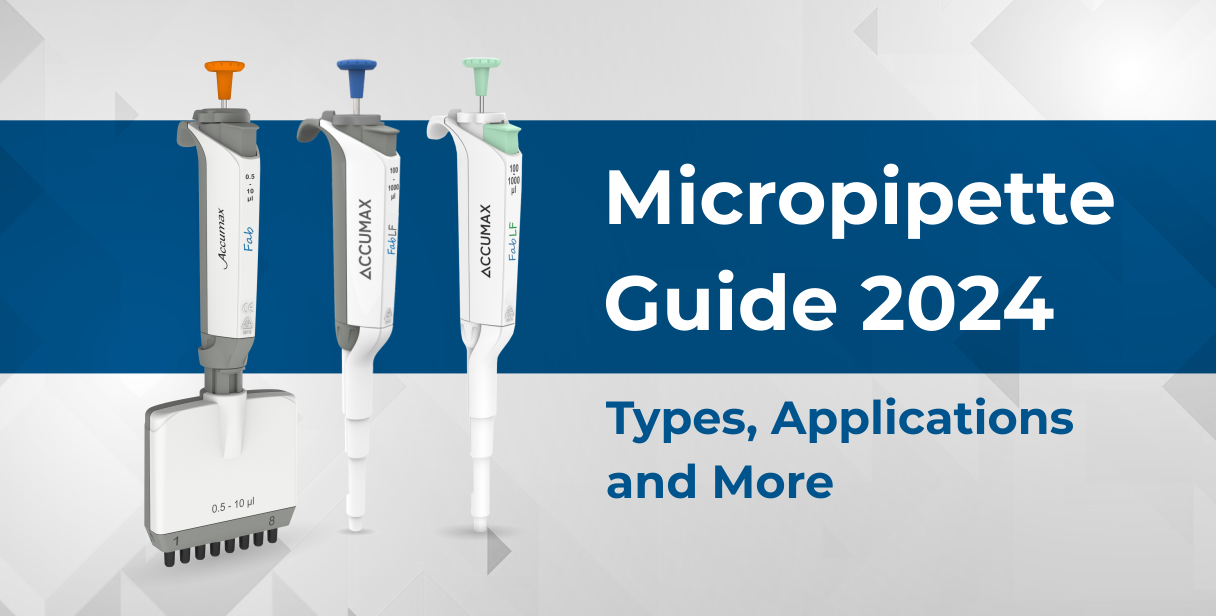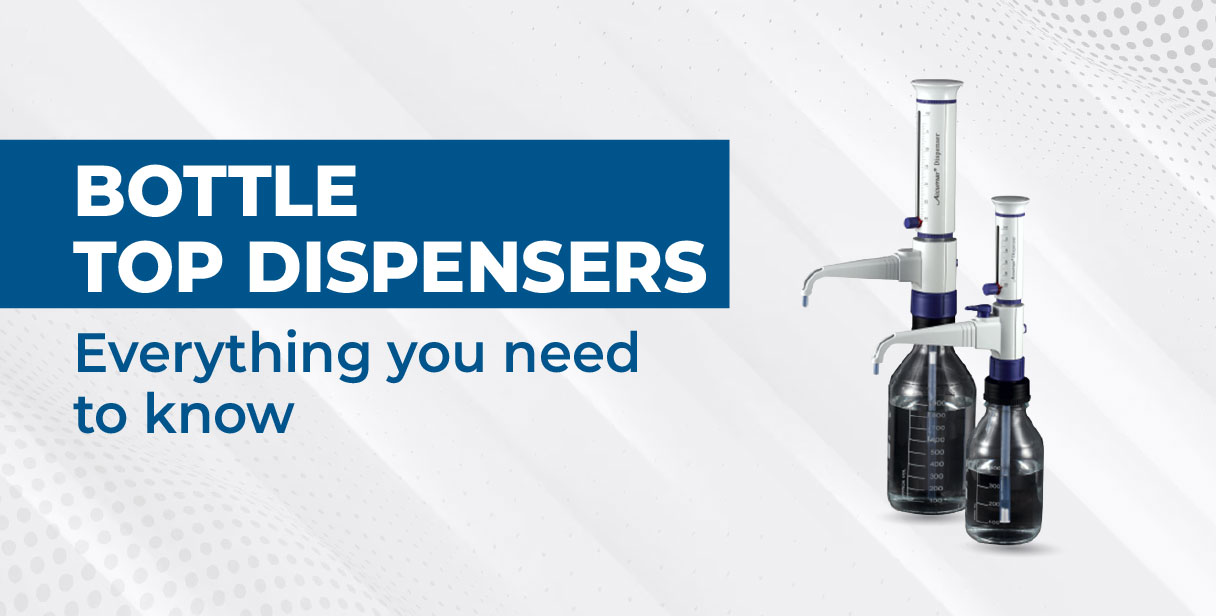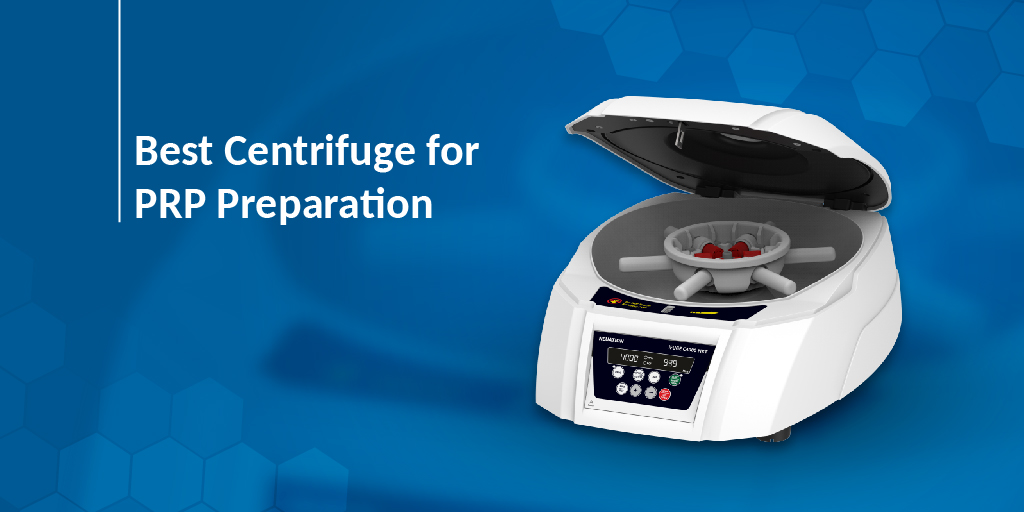Understanding the Importance of Precision
Why is precision so crucial in laboratory practices? Imagine conducting a critical experiment where even the slightest deviation could skew the results. Precision minimizes errors, whether they’re due to equipment, materials, or human factors. It’s the foundation of scientific integrity, ensuring that findings can be trusted and replicated by others in the scientific community.
The Role of Reagent and PETG Bottles in Precision
Reagent and PETG bottles might seem like mundane lab consumables, but their role in maintaining precision is paramount. These bottles provide a safe, stable environment for storing and handling chemicals, reagents, and samples. They shield substances from contamination, evaporation, and degradation, preserving their integrity and ensuring accurate results.
Characteristics of Quality Reagent Bottles
- Material Composition: The choice of material for reagent bottles is critical. Polypropylene (PP), High-Density Polyethylene (HDPE), or Low-Density Polyethylene (LDPE) are commonly used due to their chemical resistance and durability.
- Versatility: These bottles are available in either Narrow mouth or wide mouth for different conveniences.
- Durability and Chemical Resistance: Reagent bottles must withstand the corrosive nature of the substances they contain. They should resist leaching or reacting with chemicals, maintaining the purity of the contents.
- Sealability and Leak-proof Design: Airtight seals prevent air and moisture from entering the bottle, minimizing the risk of contamination and ensuring long-term stability.
Factors to Consider When Selecting Reagent Bottles
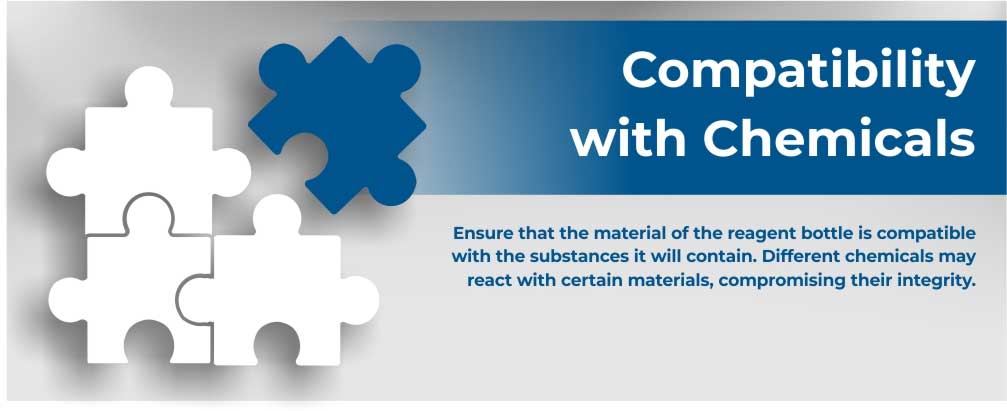
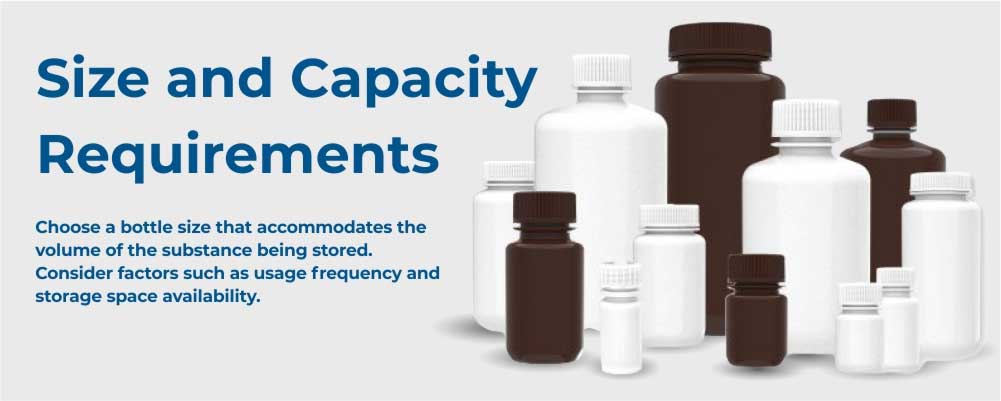
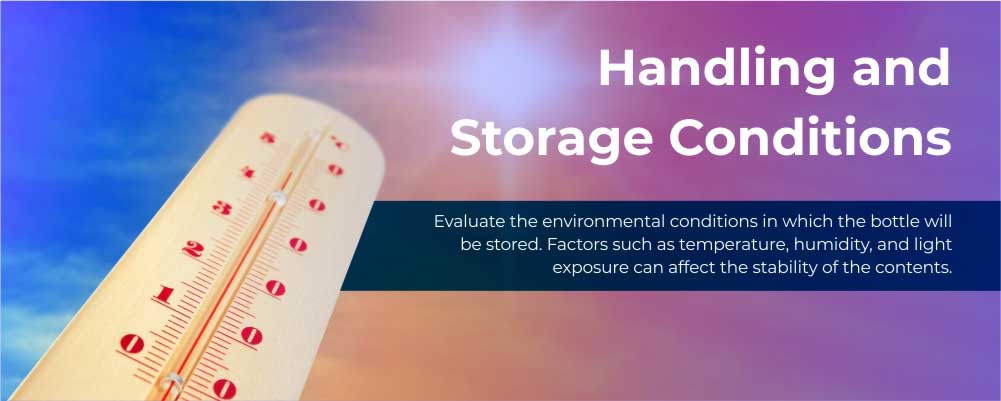
Exploring PETG Bottles: An Overview
PETG, or polyethylene terephthalate glycol, is a versatile plastic known for its durability, transparency, and chemical resistance. In laboratory settings, PETG bottles offer several advantages over traditional materials like glass or HDPE (high-density polyethylene).What is PETG?
PETG is a thermoplastic polymer derived from polyester. It’s prized for its strength, clarity, and recyclability, making it an environmentally friendly choice for laboratory applications. PETG bottles can withstand a wide range of temperatures and resist chemical corrosion, making them suitable for storing various reagents and solvents.
Advantages Over Other Materials
Compared to glass and other plastics, PETG offers several advantages: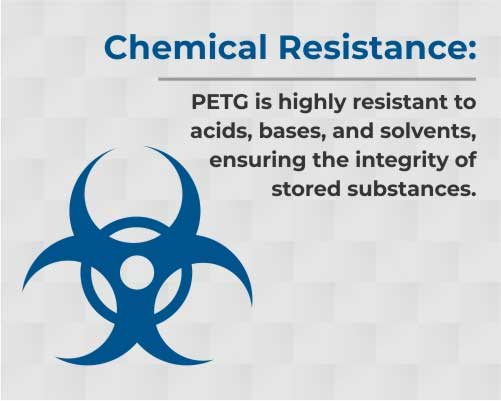
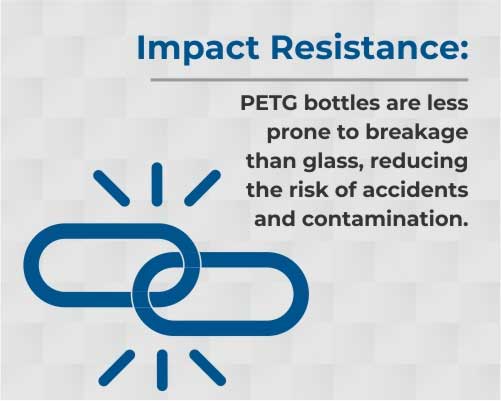
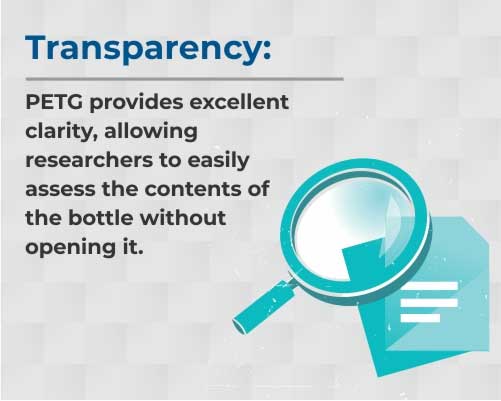
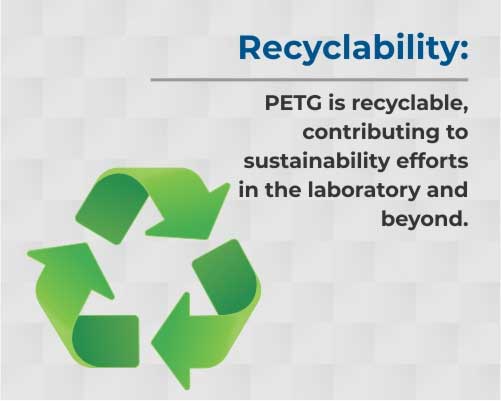
Applications in Laboratory Settings
PETG bottles find widespread use in various laboratory settings, including:- Pharmaceutical research and manufacturing
- Biotechnology laboratories
- Chemical synthesis and analysis
- Environmental testing and monitoring
Their versatility, durability, and chemical resistance make them indispensable for storing reagents, solvents, samples, and more.
Innovations in Reagent and PETG Bottle Design
Recent advancements in bottle design and manufacturing have led to the development of specialized solutions tailored to the needs of modern laboratories. These innovations include:
- Advanced Materials: Introduction of novel polymers with enhanced chemical resistance and durability, ensuring the safe storage of even the most corrosive substances.
- Manufacturing Techniques: Adoption of precision molding and extrusion processes, resulting in bottles with consistent wall thickness and superior performance.
- Customization: Ability to customize bottle size, shape, and features to meet specific application requirements, ensuring optimal functionality and efficiency.
Key Considerations for PETG Bottle Selection
- Impact of Temperature and Pressure: PETG bottles should be able to withstand temperature fluctuations and pressure changes without deforming or leaking. Consider the conditions during transportation, storage, and usage.
- Transparency and UV Protection: Opt for PETG bottles with UV protection if the contents are light-sensitive. UV radiation can degrade certain substances over time, affecting their potency and reliability.
- Compatibility with Sterilization Methods: Ensure that the PETG bottles can be sterilized using common methods such as autoclaving or gamma irradiation. Maintaining sterility is essential in laboratory settings to prevent contamination and ensure experimental accuracy.
Conclusion
While we have explored the critical role of Reagent and PETG bottles in maintaining precision within laboratory practices, it’s also essential to consider innovative solutions that further elevate experimental reliability. Accumax, a trusted provider of laboratory equipment and consumables offers a range of products, including pipettes, centrifuge tubes, and petri plates, incorporating cutting-edge design and materials to enhance precision and accuracy in scientific research. By leveraging advanced technologies and meticulous quality control measures, Accumax continues to push the boundaries of laboratory excellence, empowering researchers to achieve unparalleled levels of precision in their experiments. By embracing these innovative solutions alongside careful consideration of reagent and PETG bottle selection, scientists can unlock new possibilities for discovery and ensure the integrity of their findings.
Aanak Goswami
12+ Years of experience in generating growth for organisations. Having customer management skills with experience of Research, Institutional, clinical diagnostics, Healthcare and Biopharma customers.
